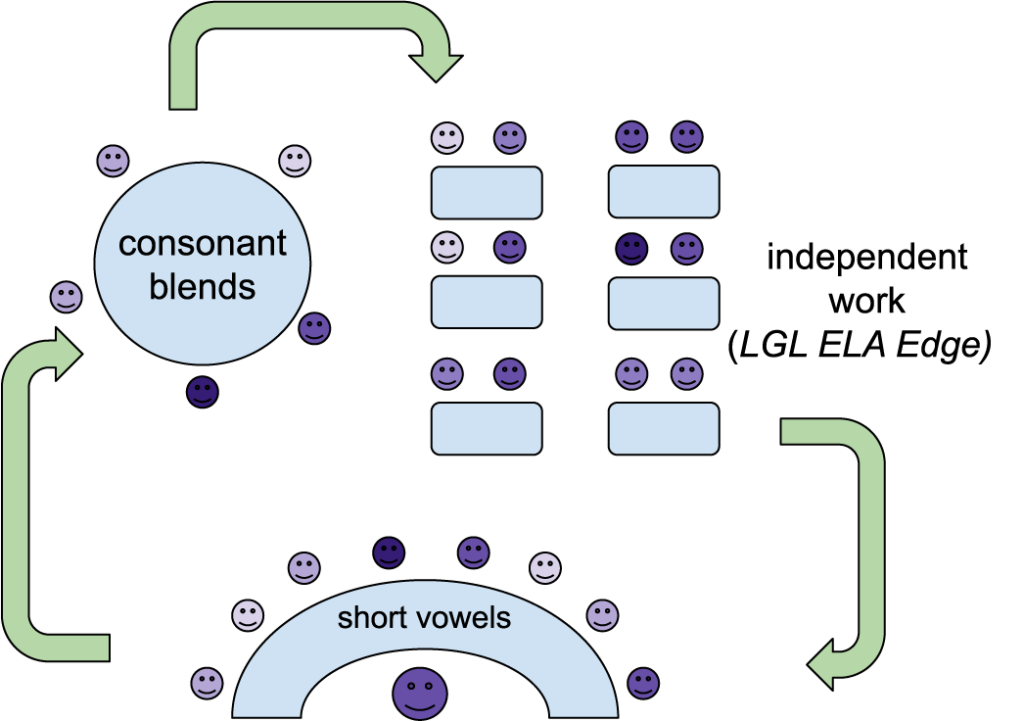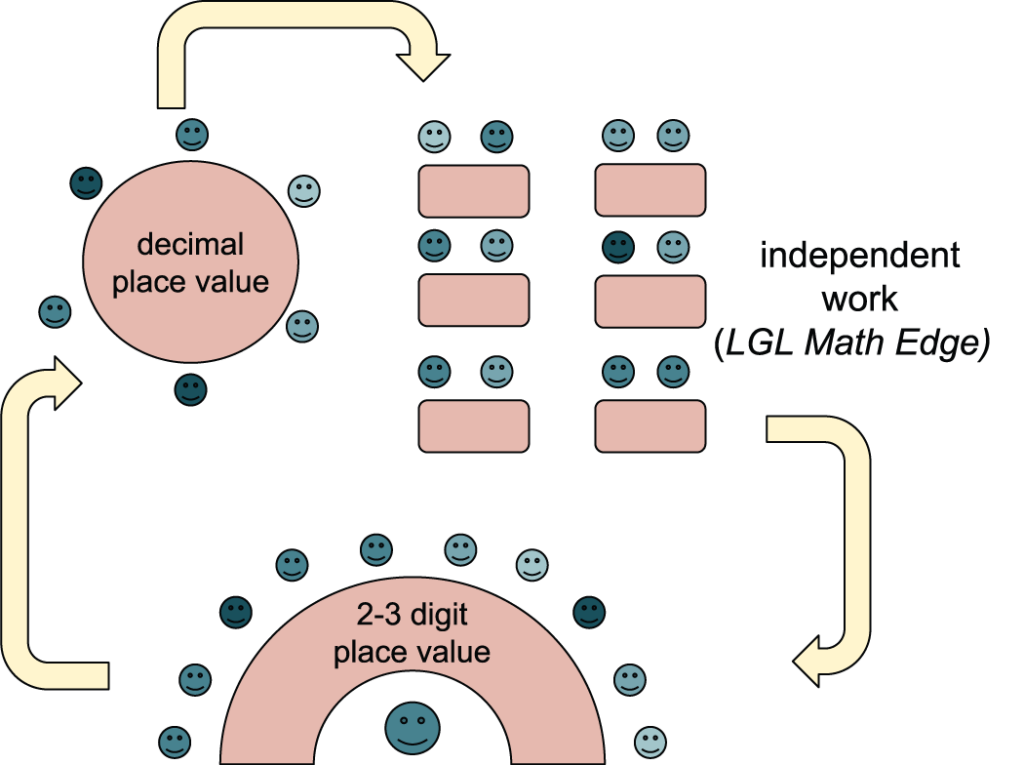How to Maximize Flexible Groupings
Let’s Go Learn (LGL) is a powerful educational technology platform that provides teachers with valuable insights into their students’ learning needs. One of the key features of the platform is its wide range of reports, which can offer teachers detailed information on each student’s progress and areas of need. These reports can be especially valuable when it comes to creating flexible groupings in reading and math, which is a key strategy for meeting the diverse needs of students in any classroom.
In this blog post, we’ll explore how power users of Let’s Go Learn incorporate LGL diagnostic assessment reports into their flexible groupings in reading and math. We’ll discuss the specific reports that are most useful for this purpose, and provide examples of how teachers can use this information to create effective and targeted small group instruction. Whether you’re a seasoned LGL user or just getting started with the platform, this post will provide you with valuable insights into how to make the most of LGL reports to support student learning.
Maximize flexible groupings
Let’s Go Learn (LGL) is a powerful educational technology platform that provides teachers with valuable insights into their students’ learning needs. One of the key features of the platform is its wide range of reports, which can offer teachers detailed information on each student’s progress and areas of need. These reports can be especially valuable when it comes to creating flexible groupings in reading and math, which is a key strategy for meeting the diverse needs of students in any classroom.
In this blog post, we’ll explore how power users of Let’s Go Learn incorporate LGL reports into their flexible groupings in reading and math. We’ll discuss the specific reports that are most useful for this purpose, and provide examples of how teachers can use this information to create effective and targeted small group instruction. Whether you’re a seasoned LGL user or just getting started with the platform, this post will provide you with valuable insights into how to make the most of LGL reports to support student learning.
Small flexible group instruction offers a number of benefits for students and teachers alike. Here are some of the key advantages:
(Roll your cursor over the words)
Increased Practice
Increased Practice
In small groups, students have more opportunities to practice different skills and receive feedback from the teacher and their peers. This increased practice can help students become more confident and proficient in their reading and math skills.
Increased Engagement
Increased Engagement
Students are more engaged when they are working in small groups, as they have more opportunities to participate, ask questions, and collaborate with their peers.
Differentiated Instruction
Differentiated Instruction
Flexible grouping allows teachers to provide differentiated instruction that is tailored to the specific needs of each group. This can help ensure that students are working at their own pace and level, and can make progress at a rate that is appropriate for them.
Personalized Learning
Personalized Learning
Small groups allow teachers to provide targeted instruction that is tailored to the individual needs of each student. This can help students make progress faster and achieve better learning outcomes.
Better classroom management
Better classroom management
Small groups can help teachers manage their classrooms more effectively, as they are better able to monitor student progress and provide targeted feedback.
So how do LGL power users harness LGL reports to improve their flexible groups?
First and foremost, they use the data to create their groups and choose the focus topics. For reading, power users tap into the Phonics Instructional Placement Report or the Class Profile Report to identify those students who need additional support in particular areas of reading. For example, five students in a class may need to focus on consonant blends, while a group of eight students need short vowel practice, while the rest of the class may need time to work on individual ELA Edge goals.

In math, these users utilize the ADAM Instructional Placement report to pinpoint students requiring extra support in specific areas. For instance, ten students may need help identifying place value in two or three-digit numbers, while a group of six may require practice in decimal place value. Dedicated teachers take this information and plan small group activities to match their students’ needs.



Leave A Comment